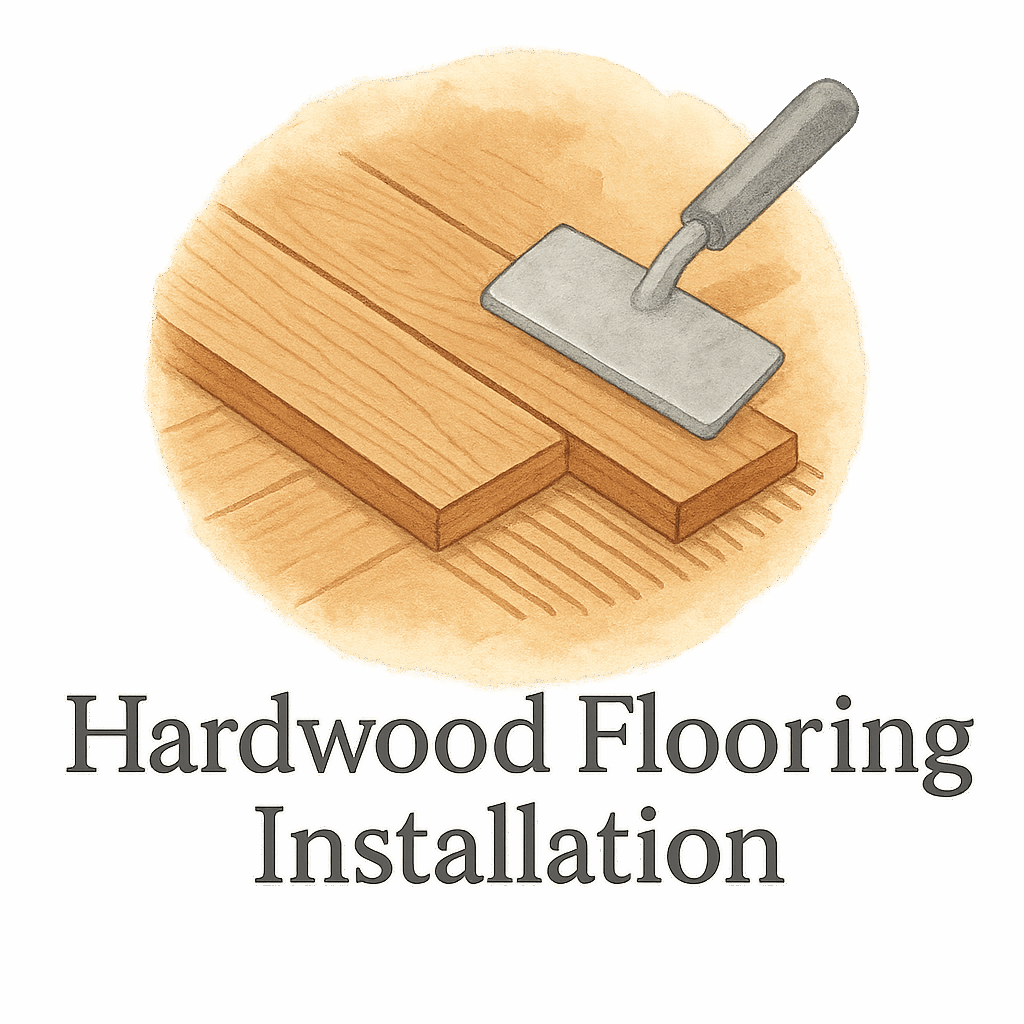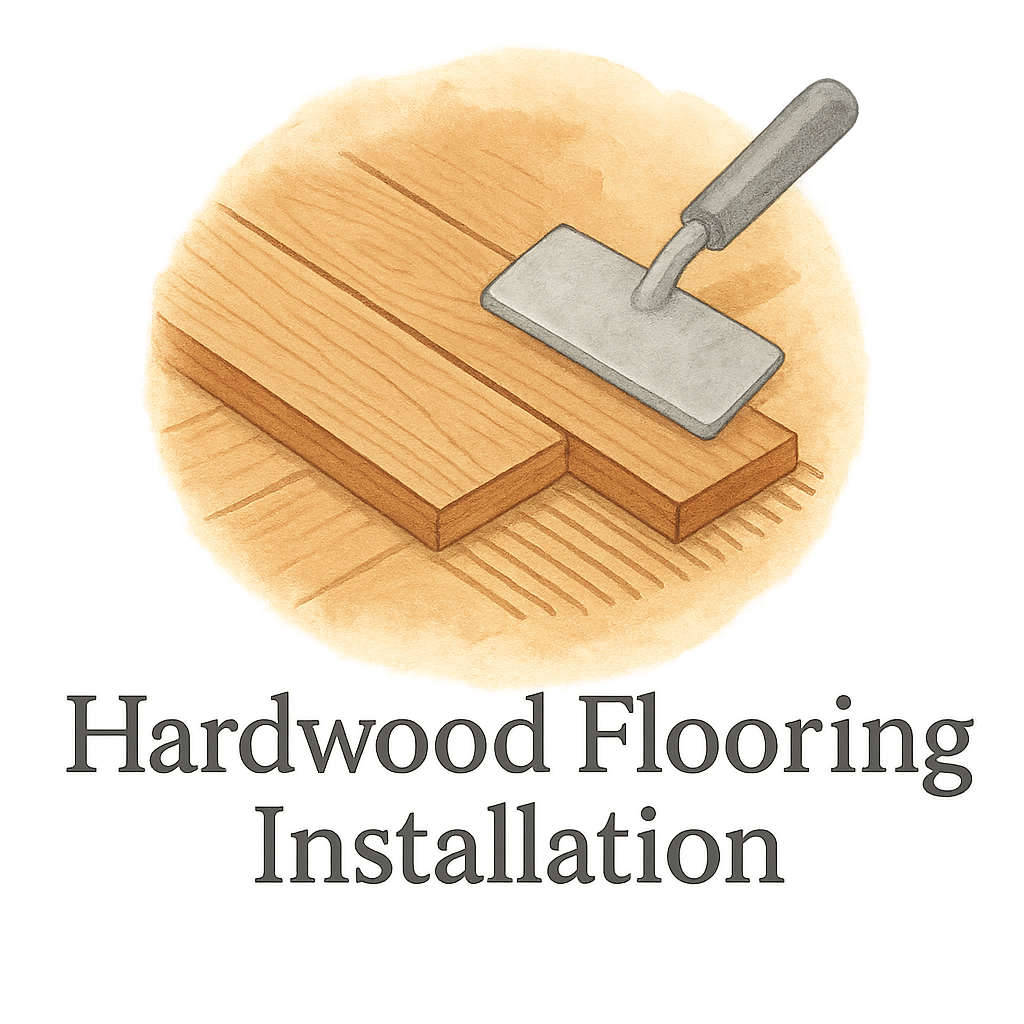Hardwood floors add timeless beauty and value to any space. But let’s face it—without the right adhesive, even the prettiest planks won’t stay put. Choosing the right glue can make the difference between a flooring project that lasts decades and one that warps and peels in months. So, let’s dive into the six best adhesives for stronger hardwood flooring installation.
Why the Right Adhesive Matters for Hardwood Floors
Imagine spending thousands on luxurious hardwood only to see it buckle, creak, or separate after a year. Frustrating, right? The secret weapon behind a flawless and long-lasting floor isn’t just the wood—it’s the adhesive.
A strong bond ensures your hardwood resists moisture, temperature changes, and daily wear and tear. Plus, the right glue speeds up the process and minimizes mistakes.
(See our guide on flooring mistakes you can avoid.)
Types of Adhesives for Hardwood Flooring
Ready to stick with us? Let’s break down the six top adhesives that’ll hold your hardwood floors like a champ.
1. Urethane Adhesive
What Makes Urethane Adhesive a Top Choice
Urethane adhesives are a popular go-to for professionals. They’re super strong, flexible, and ideal for most hardwood installations, especially on concrete subfloors.
Pros and Cons of Urethane Adhesive
Pros:
- Moisture-resistant
- High strength
- Allows for minor expansion and contraction
Cons:
- More expensive
- Requires proper ventilation
Learn more about prepping concrete surfaces in our flooring preparation guide.
2. Epoxy Adhesive
Strength and Stability with Epoxy
When strength is non-negotiable, epoxy is the answer. It’s like superglue for your floors—extremely durable and rigid.
When to Use Epoxy Adhesive
Perfect for engineered wood or commercial installs where heavy traffic is expected. But beware—it’s not very forgiving once applied.
Want a deep dive into epoxy flooring? Read our DIY flooring installation guide.
3. Acrylic Adhesive
Fast-Drying and Flexible
If time is of the essence, acrylic adhesives cure quickly and allow you to walk on your floors sooner.
Ideal Scenarios for Acrylic Use
Great for light to medium traffic areas. It works well with engineered hardwood and plywood subfloors.
Need the right tools? Don’t miss our flooring tools and materials checklist.

4. Polyurethane Adhesive
Moisture-Cure Features Explained
This adhesive reacts with moisture in the air, creating an ultra-tough bond. It’s ideal for humid areas.
Is It Suitable for DIY Installers?
It can be tricky to handle, but it’s a great choice if you’re confident in your DIY skills. Need a boost? Explore our home improvement tips.
5. MS Polymer Adhesive
Eco-Friendly and Durable
Want to go green? MS polymer adhesives are free of isocyanates and solvents, making them environmentally friendly and safe for indoor air quality.
Benefits Over Other Adhesives
Besides being green, it’s also super elastic and easy to work with—perfect for DIYers. Looking for DIY flooring tips? We’ve got you covered.
6. Water-Based Adhesive
Low VOCs and Easy Clean-Up
If you’re installing flooring in a home with kids or pets, water-based adhesive is a safer option with low fumes.
Where It Works Best
It’s best for engineered hardwood on plywood subfloors. It’s not as strong as urethane but wins in user-friendliness.
Check out our article on flooring maintenance and repair to keep those floors looking fresh.
Matching Adhesives to Wood Types
Solid vs Engineered Hardwood
Solid wood needs a stronger, more flexible adhesive due to its natural expansion. Engineered wood is more stable and pairs well with water-based or acrylic adhesives.
Want to learn about wood flooring patterns that match your style?
Subfloor Considerations
Concrete, Plywood, and More
Different subfloors need different adhesives. For example:
- Concrete: Use urethane or epoxy.
- Plywood: Acrylic or water-based is fine.
- Old tile: You’ll need serious prep work—check our flooring prep guide.
Common Mistakes with Adhesive Use
Here are a few face-palm moments you can avoid:
- Skipping the underlayment
- Not cleaning the subfloor
- Using the wrong adhesive for the wood type
Check out flooring underlayment basics to avoid a bumpy ride.
Step-by-Step Guide to Applying Hardwood Adhesive
- Clean the subfloor thoroughly.
- Test moisture levels.
- Apply adhesive using a trowel.
- Lay the boards gently and tap into place.
- Wipe excess glue immediately.
- Allow time for curing (usually 24-48 hours).
Get more hands-on help in our DIY installation section.
Tools You’ll Need for the Job
- Trowel
- Moisture meter
- Rubber mallet
- Floor roller
- Adhesive remover
- Knee pads (trust me)
Check out our full flooring tools guide.
Maintaining Your Floors After Installation
Even the best glue won’t save your floors if you don’t take care of them. Use proper cleaners, avoid water puddles, and add felt pads to furniture.
Discover our full cleaning guide for hardwood floors.
Conclusion
Choosing the right adhesive for hardwood flooring isn’t just a technical decision—it’s a crucial step to ensure beauty, durability, and peace of mind. Whether you go with a powerhouse like epoxy or a user-friendly acrylic, match the glue to your wood type and subfloor for best results.
Ready to tackle your next flooring project like a pro? Don’t forget to explore our flooring cost & time estimation tools before diving in!
FAQs
1. What is the best adhesive for hardwood floors?
Urethane is a favorite due to its strength and moisture resistance.
2. Can I use regular glue for hardwood flooring?
Nope! You need flooring-specific adhesives for durability and flexibility.
3. How long does hardwood adhesive take to dry?
Typically 24–48 hours, depending on the type and humidity.
4. Can I install hardwood over tile using adhesive?
Yes, but you’ll need proper prep work.
5. Is water-based adhesive strong enough?
It’s suitable for engineered wood but not recommended for solid wood.
6. Are all adhesives safe for indoor air quality?
Look for low-VOC options like MS polymer and water-based adhesives.
7. Where can I learn more about choosing the best flooring materials?
Check out our best materials tag for in-depth insights!


